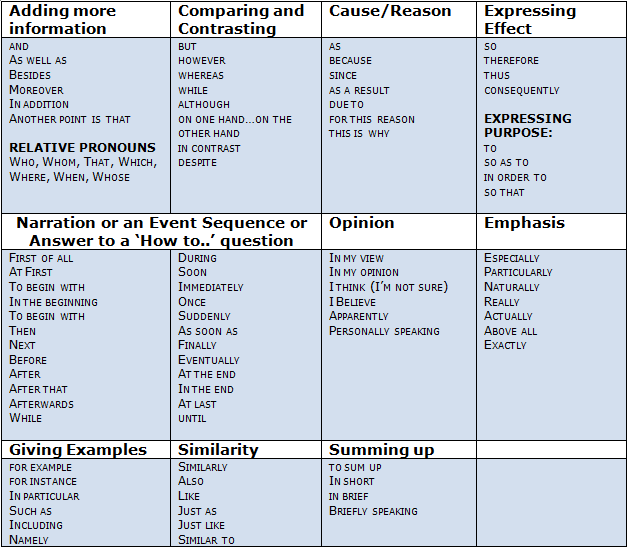Learning and Fun go together
In the groups of 2-5, the tip™ learning GAME has been played for 2 hours or more by 470 people as on Nov. 2014. The players or learners are in the age-group of ‘14-47’ years with most learners in the age group of 20-30 (over 300). The median age is 26; over 200 learners are engineering graduates. The learners enrolled for Conversation in English program had some understanding English but were not able to form their sentences correctly while writing or took a lot of time before speaking in broken sentences. Most of them were from Hindi-medium back-ground and not very confident speakers. They were very well primed on the game with some grammar lessons where they understood parts-of-speech and the visual tense chart by Dr. Eli Hinkel was shown as well as explained to them. The trainers also used a slightly different tense-chart on the white-board and a professionally designed poster on 9 key tenses. The focus remained composition and usage instead of mere memorization of the grammar rules (even the tense chart was not given to them). Some quantifiable outcomes have been captured in the feedback forms (L1[i]), pre/post assessments (L2[ii]):
↗ Learning and understanding of Tenses becomes easier for almost everyone (close to 100% -as per learner’s feedback).
↗ Increased motivation and engagement in over 98% cases (checked before/after the game-session that lasted 30-45 min. the extensions to continue to play the game asked by the participants)
↗ Moderate competitive element enhanced effective learning as it kept learners interested in listening before speaking in all cases (~100%).
↗ Helped the learners to understand, learn, remember and apply grammar rules 2x better than the repetitive drilling practice and 3x better than translation sheets. (perception recorded at L1 level)
The qualitative advantages that we got -in over 85% of the cases- are listed herewith, in no particular order; some have been ticked by the 5 trainers/teachers who used this game in their classes:
↗ tip™ Game leads people to do spontaneous practice right after the theoretical overview -in the same session. (Monika, trainer is MA in English)
↗ Consolidation of grammar rules through the learner’s natural desire to apply what he already knows or mix and match the rules of grammar. (Manpreet, senior V&A trainer with British Telecom)
5 People playing Tense GAME and learning to Speak in English.
↗ Students who enjoy the challenge of participating in interactive games: tip™ makes them smarter and more confident as they hit the winning streak. (words picked/summarized from the feedback forms of some trainers observers)
↗ Among other abilities, the game helps develop students’ social capacities (81%), memory (86%), spontaneity (92%) and creativity (88%).
↗ Many usages of a particular verb form are understood and vocabulary of verbs is better applied in real-life situations. Over-usage of present continuous (a typical Indian-ism) is prevented to a very large extent. (Many students confirm this in their feedback)
↗ When offered at the same price point, the Game was preferred over a fully equipped Language Lab with computers and head-phones best in class and interactive content (Ms Ashima Rai – the center manager of T.r.i.c.k.s)
It is obvious that the use of games in a learning environment will not only change the dynamics of the class, but it will also rejuvenate students and help the brain to learn the rest of the material more effectively. Do we have the time and willingness to change for the better?
[i] Level 1: Feedback is taken right after the training session or after every fifteen days within the training programs
[ii] Level 2: Is the difference between pre-post training and is captured through test of understanding
[iii] Most Commonly Used Verbs have been taken from varied sources and word-lists, the regular and irregular verbs are mixed-up well like veggies in a salad bowl.





